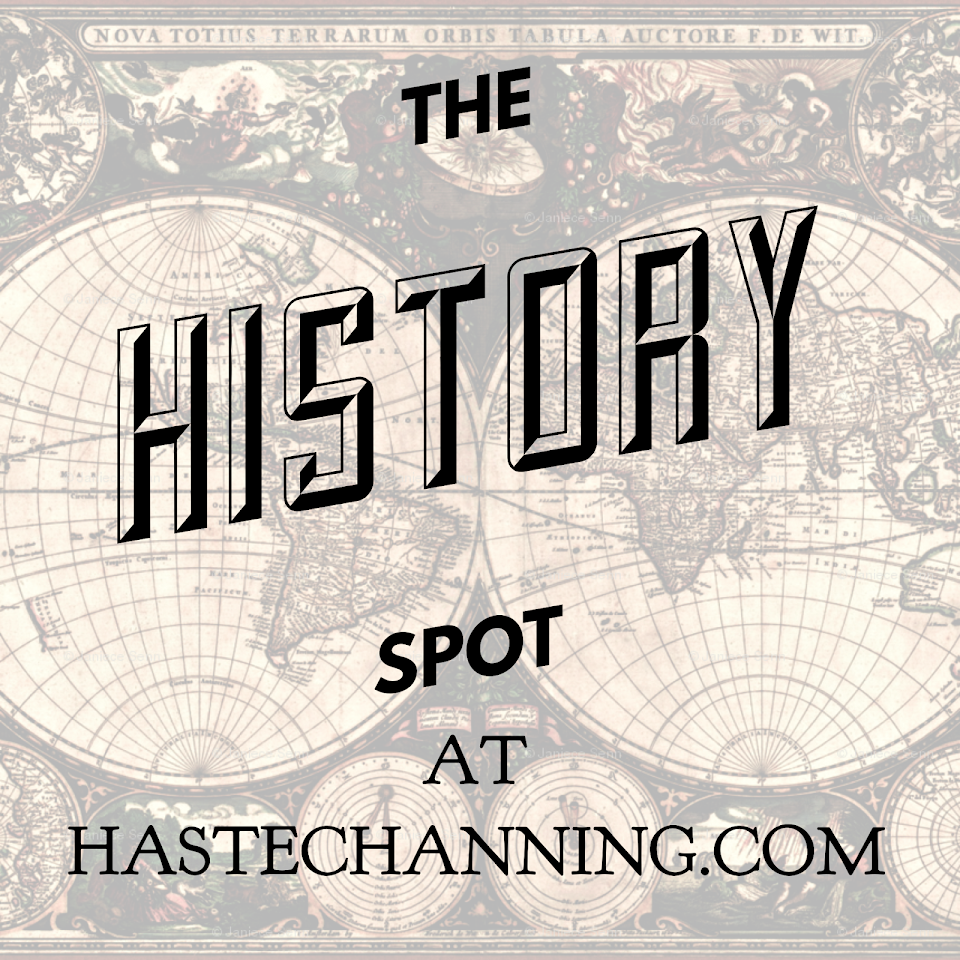
Sunday, April 30, 2017
Saturday, April 29, 2017
Friday, April 28, 2017
Thursday, April 27, 2017
Wednesday, April 26, 2017
Orange Picking in California
Long before DISNEYLAND, Universal Studios and Legoland, one of the big stops on any Southern California vacation was a trip to an orange grove where tourists would pose for the camera pretending to pick oranges.

It might seem like a quaint activity nowadays, but back then oranges were not as common a fruit outside of California or Florida. Large scale transport of fruits and vegetables was still relatively unknown, so enjoying fresh oranges was a novelty for midwesterners. An afternoon on the beach and a trip to an orange grove were delightful ways to spend a vacation in the early 1900's.
Labels:
#California,
#Oranges
Tuesday, April 25, 2017
Hearst Wyntoon
Nestled in the forest of Northern California is a lesser known Hearst Castle- Wyntoon, a private estate originally owned by Hearst family lawyer Charles Wheeler. Upon viewing the grounds for the first time, Hearst matriarch Phoebe Apperson Hearst begged Wheeler to sell it to her. He resisted, but eventually let her have a 99 year lease on the property. She quickly brought in her favored architect Julia Morgan to design an elaborate house on the property named "Wyntoon".

Wheeler eventually sold the land to Mrs. Hearst who left it to her niece. Despite his intense concentration on building his castle in San Simeon, the move angered her son WR Hearst, who re-purchased the property for $600,000. While it wouldn't be his crown jewel property, it still held a place in his heart. Mr. Hearst often hosted elaborate barbecues on the property. It remains in the possession of the Hearst family to this day.
Labels:
#California,
#Hearst
Monday, April 24, 2017
Leland Stanford Cleans Up His Legacy
Leland Stanford is held up as a paragon of virtue these days. The university he claimed to have established as a tribute to his son has turned the historic figure into a legend who probably has higher approval ratings than even the most popular figures today. Mr. Stanford would probably be pleased by this; it is what he had planned after all.

Leland Stanford's contemporaries didn't view him with the same reverence his name conjures up today; in fact, they most likely viewed him with the same scorn that Kenneth Lay, Bernie Madoff and Michael Milkin receive today. Many Americans quickly turned against the men who declared themselves the builders of the railroad and Leland Stanford was at the top of that list.

The owners of the railroad got extremely excessive incentives from the U.S. Government to build it and extorted even more from the local cities the railroad would pass through. If an existing city balked at paying what Stanford and his cronies demanded, it was common for the railroad to establish a 'spite town' nearby that could ruin the existing town. Farmers were steamed by a provision the railroads got written into law that exonerated the railroads from any damages they might cause. As a result, the train engineers were instructed to barrel through any obstacle, including livestock.

When the railroads had problems getting American employees who were willing to tackle the tough work of clearing mountains and laying track, they initially turned to Mexican workers, but Stanford and his partners were loathe to pay them the same amount they would have paid "White" workers. This was required due to the recently signed Treaty of Guadalupe Hidalgo. So they turned to China, importing thousands of workers. Publicly, Stanford scapegoated the Chinese, making racist statements while his businesses profited off their work.

As he got older, Stanford wanted to burnish his image. He began to see that he could possibly reshape public opinion for the ages; and what would be better than establishing a university? Future generations, far removed from the scandals, negative opinions and bad publicity that dogged him in life might focus more on his legacy of founding a university. Amazingly, it worked. Could Leland Stanford's success be an example for the Madoffs, Lays and Jeffrey Skillings of today? The permanence of media these days might make that impossible.
Labels:
#California
Sunday, April 23, 2017
Saturday, April 22, 2017
Thursday, April 20, 2017
Wednesday, April 19, 2017
Tuesday, April 18, 2017
Monday, April 17, 2017
Sunday, April 16, 2017
Saturday, April 15, 2017
Living History: Harriet Tubman's Underground

It was an amazing hour of television- Aisha Hinds masterfully spent an hour bringing Harriet Tubman alive. It is often hard to visualize historical events that took place in the pre-motion pictures world. Even after it was possible to record still photography, historical figures often looked stern and unsympathetic in pictures due to the lengthy picture taking process.
When Underground chose to take the risky step of featuring an entire hour of just Ms. Hinds speaking at an audience, much like the real Harriet Tubman did to raise funds for her clandestine heroic missions, it probably faced a ton of doubters. Luckily for us, they still went ahead and did it. Aisha brought Harriet alive in a way we've never seen before. As a result, she became a living, breathing hero and not just a frozen in time enigma. Is it too early to start talking about an Emmy for Ms. Hinds?
Labels:
#AishaHinds,
#LivingHistory,
#UndergroundWGN
Friday, April 14, 2017
Thursday, April 13, 2017
Wednesday, April 12, 2017
Tuesday, April 11, 2017
Monday, April 10, 2017
Sunday, April 9, 2017
Saturday, April 8, 2017
Friday, April 7, 2017
Thursday, April 6, 2017
Wednesday, April 5, 2017
Tuesday, April 4, 2017
Monday, April 3, 2017
The Hollywood Sign, 1979
In the 1970's the city of Los Angeles had let the Hollywood sign fall into disrepair. It would take the assistance of Hugh Hefner and his wealthy friends to get it back to a presentable state.

Labels:
#AbandonedPlaces,
#California,
#LosAngeles
Sunday, April 2, 2017
Saturday, April 1, 2017
Subscribe to:
Comments (Atom)
























